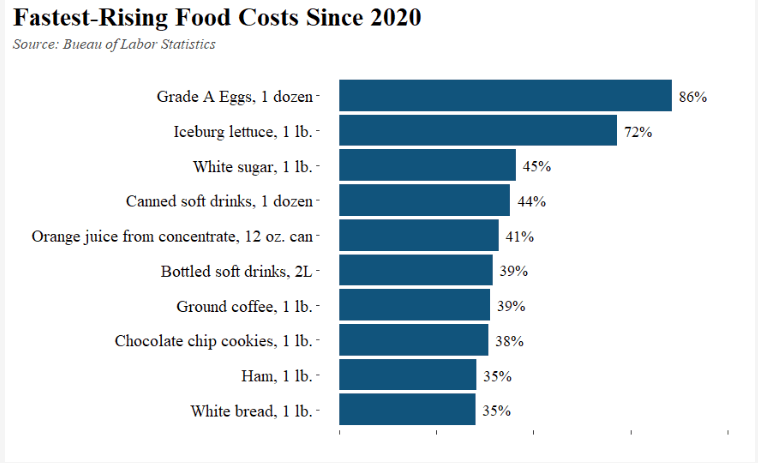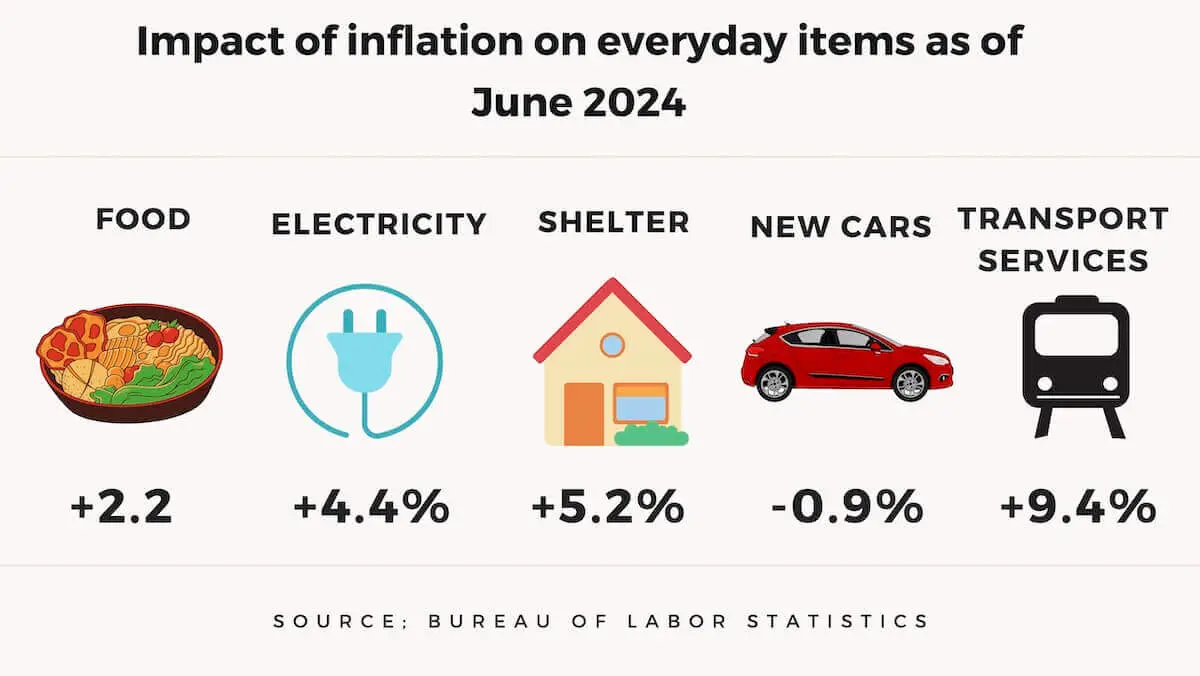It’s Fall: Time to Think About the Next COLA and Annual Pay Raise
July is over. We are halfway through August. President Biden will issue the annual letter on the 2025 pay raise later this month.
The inflation rate for July has now been released and is the first of three months of the current year for computing the 2025 COLA. Federal employees and retirees (or soon-to-be retirees) start to wonder about their income in 2025.
As inflation cools, the COLA for 2025 could shrink from this year’s 3.2% increase to 2.6%. That would be the lowest COLA since 2021. The Senior Citizens League forecast that COLA could go down to 2.57% in 2025, compared with their forecast of 2.63% issued last month.
Comparing COLA to Annual Pay Raise: 2020-2024
How has the annual COLA compared to the annual pay raise for current federal employees in recent years? This chart displays the data:
| Year | COLA % | Pay Raise % |
| 2020 | 1.6 | 3.1 |
| 2021 | 1.3 | 1 |
| 2022 | 5.9 | 2.7 |
| 2023 | 8.8 | 4.6 |
| 2024 | 3.2 | 5.2 |
| Total | 20.8% | 16.6% |
Current federal employees may also receive a promotion, within-grade increase or other financial benefit during a year that is not reflected in this chart.
Inflation has affected everyone, whether retired or current federal employees. The Senior Citizens League released this chart in a press release displaying how food costs have increased since 2020.

The cost of food has continued to increase as noted in the latest inflation reading from the Bureau of Labor Statistics. The index for food increased 0.2% in July after rising by the same amount in June. Over the last 12 months, the food index is up 2.2%.
If you think your purchasing power has declined in the last few years because of inflation, it is not your imagination. Your dollar does not buy as much as it did just a few short years ago.
Calculating the 2025 COLA
According to the July 2024 inflation reading, the Consumer Price Index for All Urban Consumers (CPI-U) increased 0.2% on a seasonally adjusted basis, after declining 0.1% in June. Over the last 12 months, the all items index increased 2.9% before seasonal adjustment.
July is the first of three months of the current year for computing the 2025 COLA. We will not know until mid-October how much the actual COLA will be for next year.
Here is how the COLA calculation works:
- CPI-W readings are taken from the third quarter (July – September) of the current year.
- These data are compared to the average CPI-W reading from the previous year’s third quarter.
- The average reading from the current year’s third quarter (2024) is compared to the figure from the third quarter of 2023.
- If the average CPI-W reading goes up in 2024, then the difference, rounded to the nearest 0.1%, is what beneficiaries will receive as an increase in 2025.
- If the figure is lower— indicating deflation—no adjustment is made. That happened several times under the Obama administration.
When approaching retirement, most people calculate how much they will need to maintain an acceptable standard of living. For federal employees, this means considering the amount in their Thrift Savings Plan (TSP) account, the amount they will receive from a federal annuity payment, Social Security payments, and other sources of income.
Not many federal employees are still working under the older Civil Service Retirement System (CSRS). The number of CSRS employees is now less than 3%. Most are under the newer Federal Employee Retirement System (FERS).
The CSRS system was created in 1920. Federal employees hired before January 1, 1984, were in the CSRS system. FERS was created in 1987. The COLA for those under the CSRS and FERS systems is different.
- For Federal Employees Retirement System (FERS) or FERS Special benefits, if the increase in the CPI is 2 percent or less, the Cost-of-Living Adjustment (COLA) is equal to the CPI increase.
- If the CPI increase is more than 2 percent but no more than 3 percent, the Cost-of-Living Adjustment is 2 percent.
- If the CPI increase is more than 3 percent, the adjustment is 1 percent less than the CPI increase. The new amount is rounded down to the next whole dollar.
- To get the full COLA, a retiree or survivor annuitant must have been in receipt of the payment for a full year.
- If a person has not received the payment for a full year, the increase is prorated under both plans. Prorated accounts receive one-twelfth of the increase for each month they have received benefits. COLAs were first prorated in April 1982.
- Adjustments to benefits for children are never prorated.
- Federal Employees Retirement System (FERS) and FERS Special Cost-of-Living Adjustments are not provided until age 62, except for disability, survivor benefits, and other special provision retirements.
- FERS disability retirees get the adjustment, except when they are receiving a disability annuity based on 60 percent of their high-3 average salary.
- Also, under FERS, if you have a CSRS component, the component is subject to the CSRS COLA calculation.
The table below illustrates this:
| If the CPI is: | Then the COLA is: |
|---|---|
| <= 2% | COLA = CPI increase |
| > 2% and <= 3% | COLA = 2% |
| > 3% | COLA = CPI – 1% |
The 2024 COLA was 3.2% per the October 12, 2023, announcement. This means most eligible federal retirees under FERS received a 2.2% COLA per the above formula.
For Civil Service Retirement System (CSRS) benefits, the percentage increase is applied to your monthly benefit amount before any deductions are withheld. The payment is rounded down to the next whole dollar.
Of course, there are some exceptions to these calculations. As noted by the Office of Personnel Management (OPM), “A benefit will not be increased if it would cause the annuitant to receive payments in excess of any cap amount specified by law.”
Calculating the 2025 Pay Raise
Federal employees usually learn the amount of the raise for the next year in late December. At the moment, it is likely the 2025 raise will be 2%. That could change before the end of the year. President Biden will issue his alternative pay raise letter later this month. That will likely reflect his earlier proposal of a 2% pay raise for next year.




